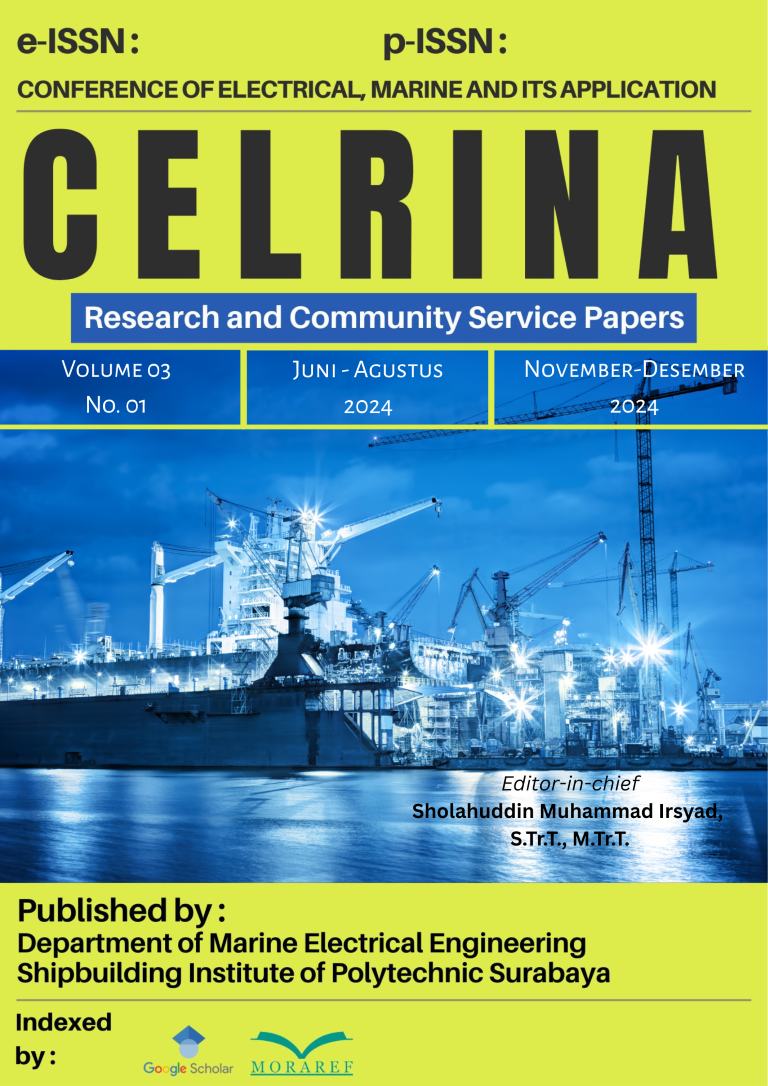37GB500-72-2463 DC Motor Analysis with Linear Quadratic Regulator Approach and Linear Quadratic Tracking
Keywords:
DC motor, system optimization, control system, Linear Quadratic Regulator, Linear Quadratic Tracking, Matlab, Mathematical ModelAbstract
In DC motors, it is an electrical device that consumes DC electrical power to produce mechanical torque. Because they are capable of producing relatively high torques to drive loads of the same size, DC motors are often used in a variety of applications. Permanent magnet motors, on the other hand, are linear, while DC motors are non-linear. Applications that require automatic speed control tend to have difficulty overcoming the non-linear nature of DC motors. The non-linear dynamic model of DC motors has constraints in the design of closed feedback loop control. Factors such as saturation and friction can affect the performance of conventional controls. DC motors are widely used in a variety of industries because they are able to handle applications with a wide range of power requirements, both in fixed-speed and variable-speed drives. In this paper, the analysis of the temporary speed parameters of DC motors was carried out separately using the Linear Quadratic Regulator (LQR) method. The DC motor speed of the three different motors with diverse specifications was analyzed by the LQR method. The simulation results using MATLAB software show that motors with low power applications show better and significant response with the application of the LQR method. This includes the ability to minimize deviations in speed, simple design, and reduced costs, which makes it efficient for use in controlled and controlled systems. These properties allow the speed control of DC motors to achieve the desired performance in systems with various power requirements. In addition to LQR, Linear Quadratic Tracking (LQT) is also used to control translational movements. LQT parameters are obtained through Genetic Algorithm (GA).




